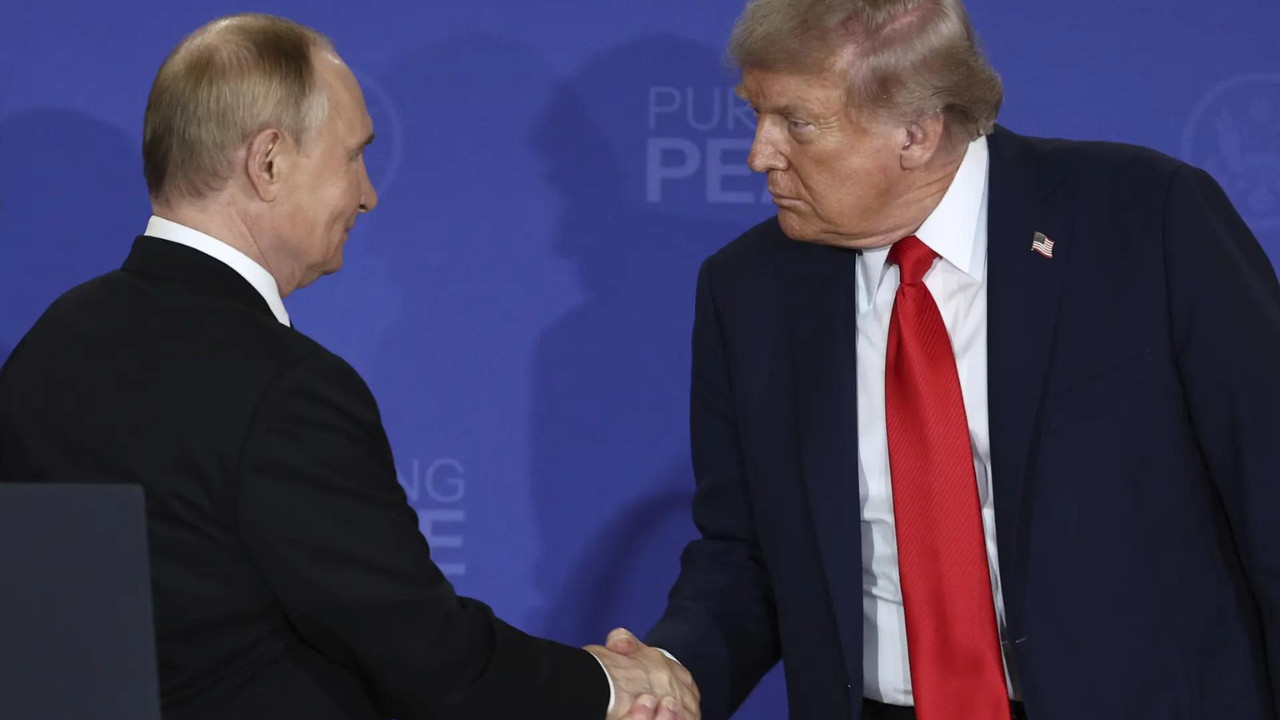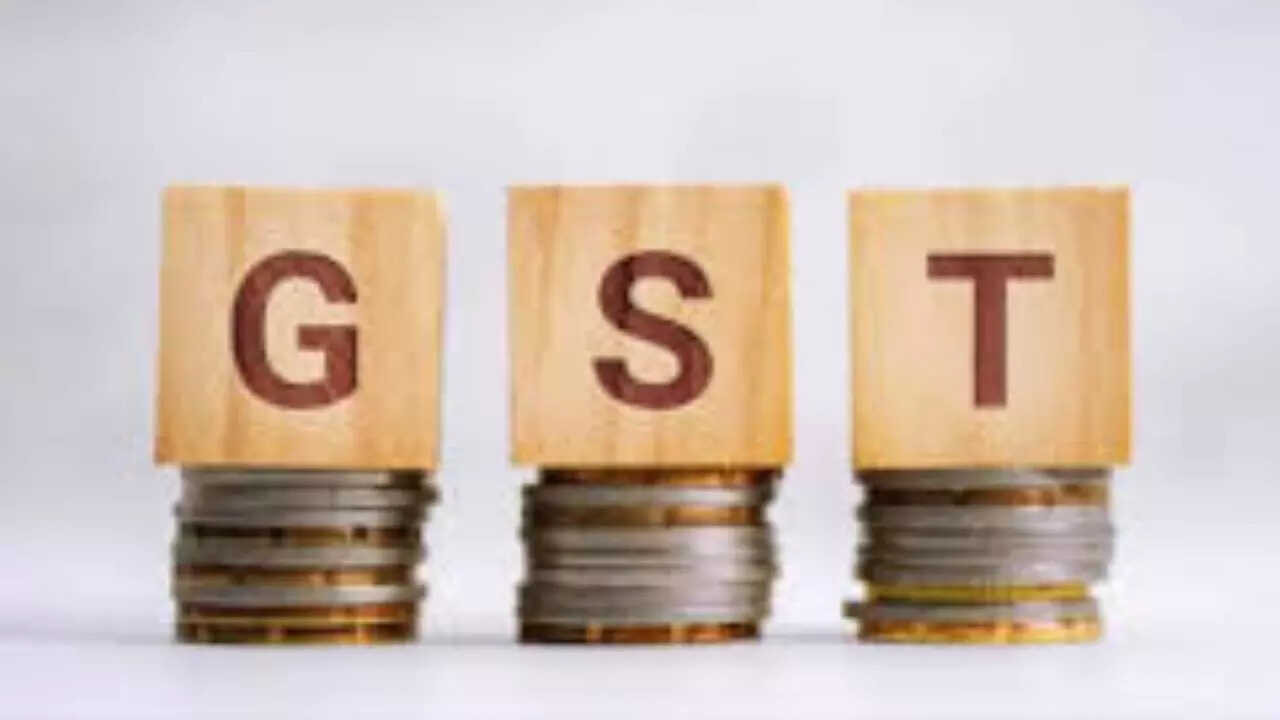Following his meeting with Vladimir Putin in Alaska, US President Donald Trump mentioned potentially imposing tariffs on countries purchasing Russian oil in the coming weeks. While no agreements were signed during the three-hour closed-door meeting, both leaders expressed cautious optimism regarding US-Russia relations and the conflict in Ukraine.
Decoding Trump’s Latest Stance on Russian Oil and Potential Tariff Relief
The air crackled with anticipation following Donald Trump’s recent meeting—virtual, this time—with Vladimir Putin. While the specifics of their conversation remained shrouded in diplomatic secrecy, one thing became abundantly clear: the former president hinted at potential “tariff relief” coming in the not-so-distant future, perhaps within weeks. But what does this actually mean, especially regarding Russian oil and its buyers? Let’s unpack this.
Trump’s comments, as always, were delivered with his trademark flair. He suggested the relief could materialize “maybe in two or three weeks.” Now, whether this is a carefully calculated timeline or simply Trumpian optimism is, as they say, the million-dollar question. What we can glean is a signal – a signal that the landscape of international trade, particularly as it pertains to energy, could be on the verge of a significant shift.
The Russian Oil Conundrum
The global energy market has been in a state of flux since the war in Ukraine began. Sanctions imposed on Russia have dramatically impacted the flow of oil and gas, leading to price volatility and anxieties across Europe and beyond. Trump’s remarks have naturally ignited speculation: could his hinted-at tariff relief be a backdoor route to easing restrictions on Russian oil purchases?
The implications are massive. Relaxing tariffs could incentivize certain nations to increase their intake of Russian crude, potentially undermining the existing sanctions regime designed to cripple Russia’s war effort. It also raises ethical considerations for countries now faced with a choice: support Ukraine by limiting trade with Russia, or prioritize their own energy needs, with a potential reprieve in tariffs sweetening the deal.

Who Benefits from Tariff Relief?
The beneficiaries of such a move are complex and varied. Obvious contenders include nations heavily reliant on Russian energy exports, particularly those in Asia. Countries like India and China, already significant buyers of Russian oil, could see substantial economic advantages by further increasing their imports, especially if tariffs are lowered, making it more cost-effective to do so.
However, the geopolitical fallout could be significant. Such a move could strain relationships with Western allies who have staunchly supported Ukraine and imposed strict sanctions on Russia. It would also further fracture the already fragile unity of the international community regarding the conflict.
Beyond Oil: A Broader Trade Reset?
While the focus has been on Russian oil, Trump’s mention of “tariff relief” could signal a broader rethinking of trade policies across the board. During his presidency, Trump implemented a raft of tariffs on goods from various countries, including China and Europe, ostensibly to protect American industries. Could this announcement be the start of unwinding those policies, aiming for a more normalized global trade environment?
This possibility has sparked a debate among economists and policymakers. Some argue that these tariffs have been detrimental to the US economy, increasing costs for consumers and businesses. Others maintain that they are a necessary tool for ensuring fair trade practices and protecting domestic jobs. A reduction or removal of these tariffs could have far-reaching consequences for global supply chains, manufacturing, and overall economic growth.
This potential shift could also impact sectors beyond energy. Imagine the repercussions for industries that have been operating under the shadow of tariffs for years. A sudden relaxation could create both opportunities and challenges, forcing businesses to adapt quickly to a new competitive landscape.
Navigating the Uncertainties
For businesses and governments alike, the key now is to prepare for a range of potential scenarios. Whether Trump’s promised tariff relief materializes in two weeks, three weeks, or not at all, the uncertainty surrounding it demands a proactive approach. Organizations need to closely monitor developments, analyze potential impacts on their operations, and develop contingency plans to mitigate risks and capitalize on new opportunities. Staying informed and adaptable will be crucial for navigating these choppy waters. You can also stay updated on related topics by reading our guide to [geopolitical risk management](internal-link-to-related-article).
The promise of tariff relief hangs in the air, its actual impact yet to be determined. What is clear is that the global trade landscape, already reshaped by geopolitical tensions and economic shifts, may be on the cusp of another significant evolution. The coming weeks promise to be pivotal in shaping the future of international commerce and the energy market, forcing businesses and nations to adapt and innovate in an ever-changing world.







